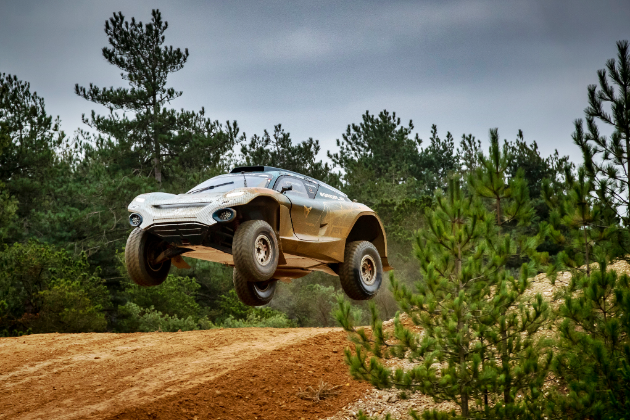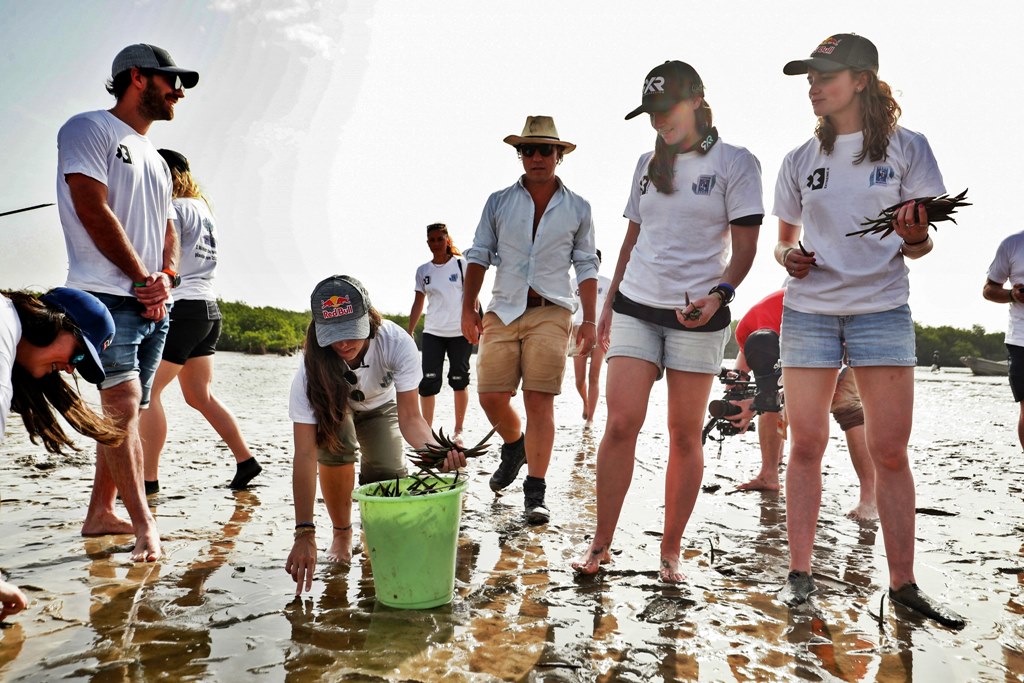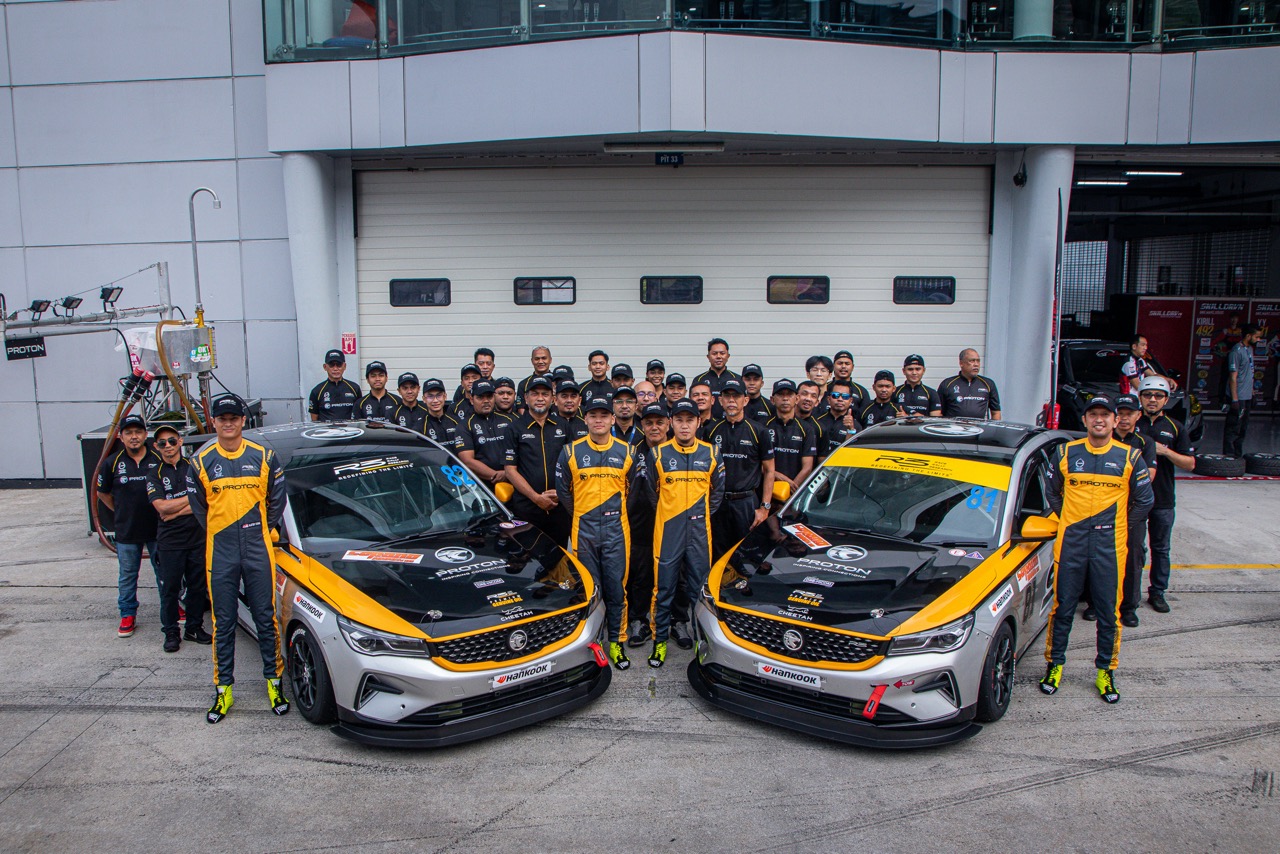The Extreme E series, which is the off-road version of Formula E, will enter its second season this year after an exciting inaugural season in 2021. Although 3 of the original venues on the calendar could not be used due to concerns about the COVID-19 pandemic, the organisers still managed to finish the season with 5 rounds in different parts of the world.
This year, there will again be 5 rounds with 7 teams taking part; last year, 9 teams took part. Each team has to have one male and one female, with both taking turns to drive on the competitive stages.

Two Dakar Rally veterans
The Abt CUPRA XE team, which finished 5th overall last year, is among the entrants and its drivers will be Nasser Al-Attiyah and Jutta Kleinschmidt. Both drivers are veterans in off-road events, with Qatari Al-Attiyah having won the Dakar Rally 4 times, his most recent win being this year’s event. German driver Kleinschmidt, who drove for the team in 4 rounds last year, is also a Dakar Rally (2001) winner and is still the only woman to win the world’s toughest rally.
Updated rallycar
The duo will use the new CUPRA Tavascan XE which was shown in concept form about 5 months ago. It is an updated version of the 2021 rallycar and is powered by a 54 kWh battery pack, placed behind the cockpit which contributes to an optimal vehicle weight distribution. It can accelerate from 0 to 100 km/h in around 4 seconds.
The CUPRA Tavascan XE is more sustainable and environmentally-focussed than before. It comes equipped with 3D-printed parts to improve adaptability and make repairing the vehicle far easier and quicker, a crucial consideration when the event venues are in remote areas.
While the bodywork of the all-electric racing vehicle hints at the design language that will be seen on the future series production CUPRA Tavascan, the platform is similar to that used by other teams. Known as ODYSSEY 21, it has a common package of standardised parts and is manufactured by Spark Racing Technology. This encompasses a niobium-reinforced steel alloy tubular frame, as well as crash structure and roll cage, whilst the tyres are designed especially for the extreme conditions by Continental Tyres, a founding partner of the series.
“I’m very excited,” said Al-Attiyah, 51, who has won over 60 rallies and 13 titles. “I believe this is going to be a massive experience for me as the Extreme E Championship is a step forward towards a better future. I’m proud to have joined the CUPRA tribe for this adventure, and I know we can do a great job. The team’s background, combined with the experience of Jutta and me, can consolidate all the great work so far. We are really determined, and the goal is to win. I can’t wait to be sat in the car and start having fun. Let’s make the most of this opportunity!”
First round in Saudi Arabia again
The first round of the 2022 Extreme E series will be on February 19 and 20 in Neom, Saudi Arabia, which should be familiar territory to Al-Attiyah and Kleinschmidt. His closest rival in the desert would be Sebastian Loeb, who has won the World Rally Championship 9 times and is familiar with the Dakar Rally. Loeb’s team mate in the X44 Team, Cristina Gutierrez, has also participated in the Dakar Rally and Extreme E last year. Another veteran off-road driver with experience in Saudi Arabia is Carlos Sainz, who will be in the Acciona | Sainz XE team.


The other side of Extreme E
As in the first season, transportation of the vehicles and other equipment to each location is by ship. This is to minimise the carbon footprint Extreme E and though slower, travel by sea is a less carbon-intensive equivalent compared to using aircraft. The ship, called the St. Helena, has been re-engineered to be more efficient and includes a Science Laboratory for use by the researchers who follow the series and conduct environmental studies at each location.
Apart from providing the excitement of motor racing, Extreme E will also be used to raise awareness of environmental and climatic challenges that the world faces, particularly looking at the ecosystems selected for the races. In the case of Saudi Arabia, where the first round will be held, focus will be on the desertification there which epitomises the challenges of the global climate crisis and the importance of regreening and encouraging resilient ecosystems.


























